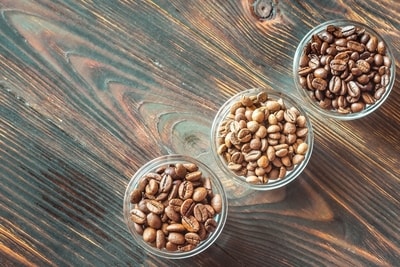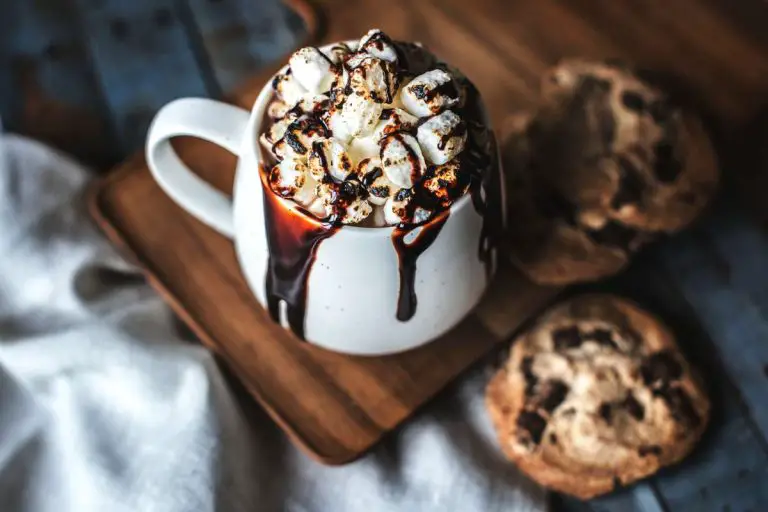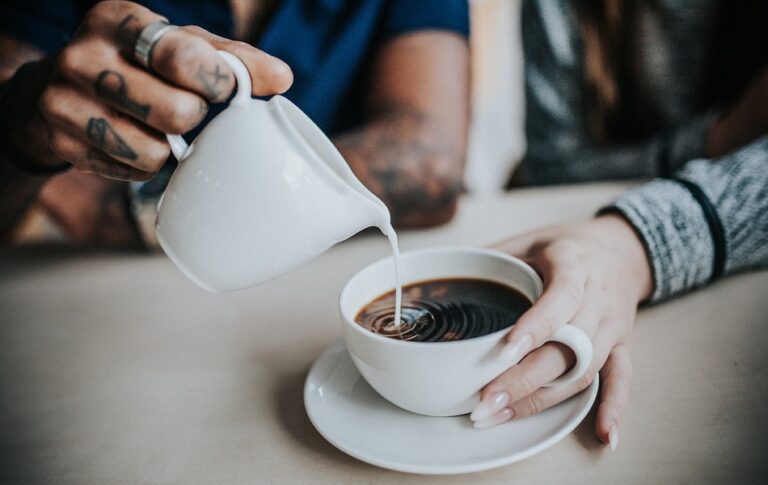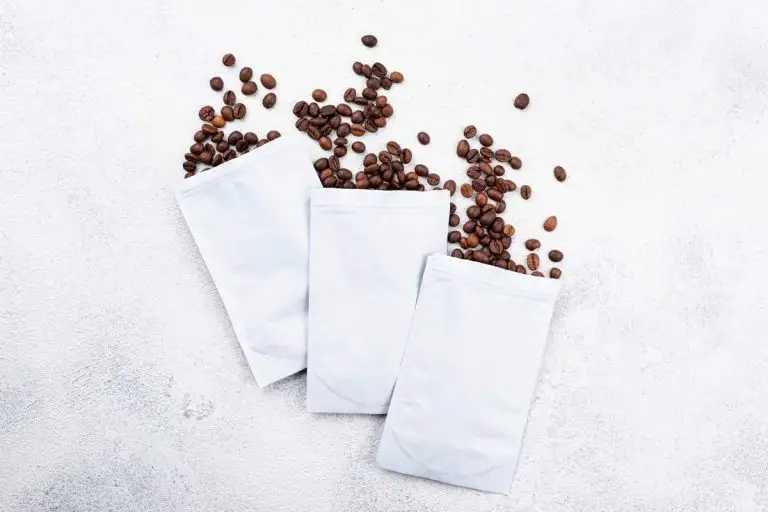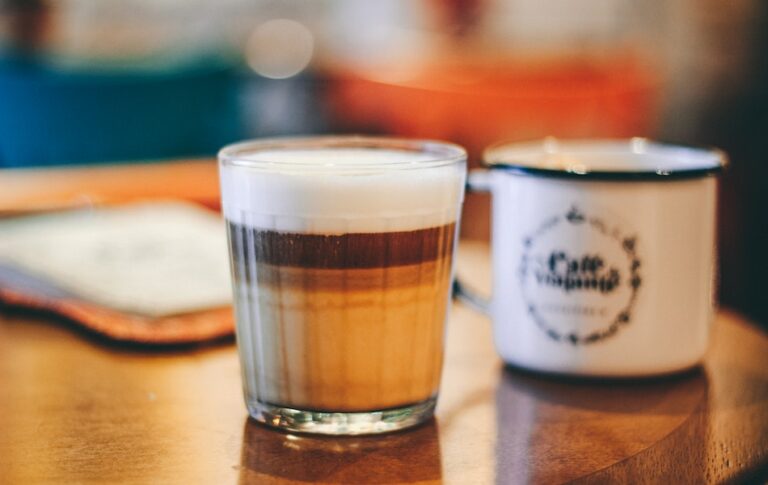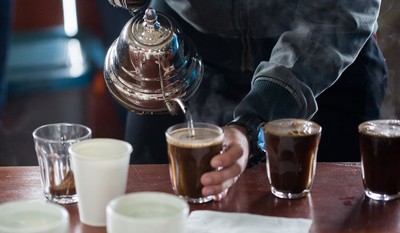What Are the Differences Between Arabica, Robusta & Liberica Coffee Beans?
No doubt you’ve wondered why there are so many different choices of coffee beans on offer at your local store. Here, we take a detailed look at the different types so you can enjoy the best-tasting coffee.
There are three types of coffee beans that are used in the production of marketable coffee. The names of these coffee beans are arabica, robusta and liberica, which are from the coffee plant genus Coffea arabica, Coffea canephora and Coffea liberica, respectively. Arabica is the most common of the three.
All three types of coffee are hugely different, with one head and shoulders above the rest. Which is it?
The three types of coffee beans

Coffee beans are actually seeds of the fruit of the coffee plant. Coffee plants are of the genus called Coffea, which is from the plant family called Rubiaceae.

There are 100 species of coffee plants in existence today; however, only three species within the coffee belt make up all of the coffee beans produced worldwide. What’s more, more than 98 percent of the world’s coffee comes from just two of the three species.
The two main types of coffee beans are arabica and robusta. The third variety, which accounts for less than two percent of global coffee production, is liberica.
Until fairly recently, researchers recognized several other genera of coffee, including Coffea excelsa, Coffea dewevrei, and Coffea dybowskii. In 2006, they were all reclassified as a variety of liberica, becoming known as Coffea liberica var. dewevrei.[1]
Arabica

The most well known of the three types of coffee beans is arabica. Arabica accounts for 60 – 70 percent of all the coffee produced worldwide.
By far, the largest producer of arabica is Brazil, which produced 2,460,000 metric tons (5,423,000,000lbs) last year.
Arabica is vastly superior to all other types of coffee beans. Arabica has double the quantity of chromosomes that robusta has, which explains why arabica is so much more complex.
What contributes most to arabica’s superiority is its higher levels of sugar and lipids (oils) and less chlorogenic acid and caffeine, which cause bitterness.
Arabica has almost twice the amount of sugar of robusta, meaning that is naturally far sweeter. The way that the sugar levels change during the roasting process also has an effect on how we experience the coffee’s texture.
The oils naturally present in coffee contribute to aromatic intensity, which identifies good-quality coffee. Arabica has approximately 50 percent more oils than robusta, which provides far more aromatics.[2]
Despite being the most common variety, arabica is the most delicate of the three and produces low yields. Greater care has to be taken with arabica, ensuring that the plant is grown the right conditions.
Although arabica trees grow to 5 – 6m (16 – 20ft) in height, they are usually pruned to 2m (6ft) to make harvesting easier as most coffee cherry fruits are picked by hand.[3]
Arabica is also susceptible to a fungal disease called coffee leaf rust (Hemileia vastatrix). The rust occurs on the underside of leaves in yellow-orange spots or patches, which is why people refer to it as rust.
Unfortunately, there is still no cure, but farmers reduce the risk by planting hardier varieties of arabica that have a stronger genetic resistance to the disease.
Arabica is naturally low in caffeine, which is one of the reasons why it’s so delicate because of the role caffeine plays in the plant’s survival. Caffeine is toxic to most pests, so it acts as a natural pesticide.
The lower caffeine content of arabica means that it has to grow at higher altitudes where there are fewer pests.
Bizarrely, the caffeine found in the flowers of the coffee plant also plays another role in actually attracting pollinators such as the honey bee. You can read all about the fascinating role that caffeine has in the coffee plant by reading Why Does Coffee Have Caffeine?
Arabica also prefers more stable climates that have steady rainfall and temperatures between 15 – 25°C (60 – 80°F). As coffee is grown close to the equator in a part of the world known as the coffee bean belt, coffee-growing countries are extremely hot.
Therefore, the cooler and more consistent conditions found at altitudes between 1000 – 2000m (3300 – 6600ft) are crucial to arabica’s survival.
Although growing coffee at altitude is more costly, the slower ripening process has excellent benefits for the quality of the coffee. The sugars in the coffee cherries are able to develop more slowly, so there’s less chance of becoming over-ripe.
Another great thing about growing coffee at altitude is the delicious acidity that it brings to coffee. Acidity is not something you probably associate with coffee; in fact, it’s the opposite due to the misnomer that all coffee is bitter. Acidity gives coffee a refreshing quality in the same way that it does in wine.
The levels of caffeine in arabica beans are approximately half that of robusta. Caffeine wrongly gets the blame for the bitterness in arabica coffee as it contributes very little bitterness. Instead, the real reason that coffee is bitter is due to being roasted too darkly.
Robusta

Robusta makes up less than 40 percent of all the coffee produced worldwide. Asian coffee-producing countries grow this coffee in far greater quantities.
Vietnam is the largest producer of robusta in the world. Vietnam produced 1,746,000 metric tons (3,849,000,000lbs) of robusta last year. Robusta made up 95 percent of all Vietnamese coffee, with arabica making up the remaining 5 percent.
Most robusta has burned, woody and rubbery flavours that are very unpleasant to drink. Producers grow most of the world’s robusta as low-grade, which is why manufacturers use it for the majority of instant coffees.
Robusta is also used for cheap packs of ground or whole bean coffee, and especially in espresso blends. The low oil content of robusta means that it produces a very thick and stable crema, which is an alluring feature of espresso preparation despite the fact that crema tastes awful as it’s intensely bitter.
Robusta has higher levels of chlorogenic acids that turn into bitter-tasting compounds during prolonged roasting. Because coffee roasters often roast coffee darkly to hide the defects caused by poor processing, this is the reason that your coffee is harsh and bitter. So if robusta is so bad, why is it used so much?
Robusta produces greater yields and is very hardy, which is why it’s capable of growing at sea level. Producers need to take less care and attention with robusta, allowing them to achieve higher profits.
Despite being able to grow at sea level, farmers primarily cultivate robusta at elevations between 200 and 600 meters (650 and 2,000 feet). Robusta thrives in warmer conditions, ranging from 20 to 30°C (70 to 85°F). It also tolerates full sun exposure and heavy, irregular rainfalls.
The reason that robusta can survive at such low altitudes is because of its high caffeine content. The caffeine wards off pests and also acts as a defence against disease and fungi.
Very few robustas taste good enough to drink, which is why the best coffee roasters rarely – if ever – sell robusta. A good quality robusta can have a smooth texture with hints of chocolate. Because it’s grown at low altitudes, robusta has little to no acidity.
If you want to avoid robusta coffee beans the next time you buy a bag of coffee, make sure to look out for ‘100% Pure Arabica’ on the packet. Unless the packet displays the word arabica, you can safely assume it’s robusta.
Liberica

The liberica variety of coffee makes up less than two percent of global production. Liberica was first discovered in 1872 in Liberia in western Africa.[4]
In the 1890s, traders transported liberica to cultivate it in other countries due to the coffee leaf rust fungus, which decimated more than 90 percent of the world’s arabica stock.
Another country that received liberica was the Philippines. Locally, people refer to the liberica grown in the Philippines as barako because of its potent taste and aroma.
Barako is the Filipino word for a bull or wild boar, symbols recognized for strength and power.
Liberica produces the lowest yields of all the coffees. To produce one kilogram (2.2 lbs) of coffee beans, workers must pick two and a half times more coffee cherry fruits than they do for arabica and four times more than for robusta.
People characterize liberica coffee cherries and beans by their large size. The beans are often asymmetrical, being the only coffee bean in the world that has an irregular shape.
Liberica has the highest levels of sugar of the three types of coffee and also the lowest levels of caffeine.
The aroma of the beans differs from the taste. Some people describe liberica as being similar to kopi luwak, a type of coffee that the Asian palm civet eats and excretes, making it one of the most expensive coffees in the world.
The aroma is complex, ranging from fruity notes such as strawberry or mango to floral and even lactic notes such as cream or mascarpone. However, the taste is even more intense than robusta, displaying smokey and woody flavours.
Buy the best arabica coffee beans
For a better cup of coffee that has no bitterness, try coffee roasted by a specialty coffee roaster. If you live in a large town or city, chances are there’ll be a roastery or cafe serving these excellent arabica coffees.
Many roasters sell their coffees online, allowing them to be delivered straight to your front door. Take a look at The Best UK Specialty Coffee Roasters in 2022 to see what’s on offer. All the roasters listed ship internationally too.
If you would like to try a cup of coffee before buying a bag, try googling specialty coffee near me, and visit one of the cafes on the list.

